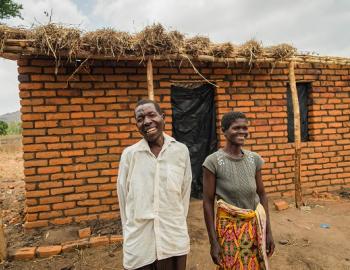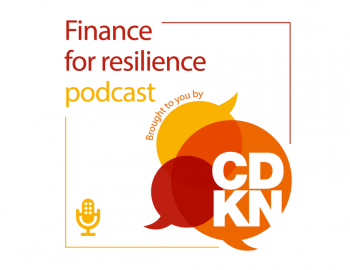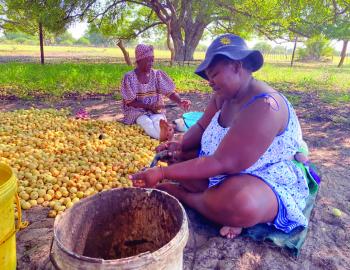Policy Brief : The political economy of low carbon energy in Kenya
Policy Brief : The political economy of low carbon energy in Kenya
Kenya is among the countries with the lowest rate of access to modern energy services in Africa and the world. Other drivers include both energy price vulnerability and the climate vulnerability of electricity production. Droughts have long affected hydro capacity and increased the price of energy. Economic vulnerabilities such as the volatility of oil prices and currency exchange rates provide further incentives to expand renewable energy sources. This paper discusses how Kenya presents a relatively rare case in which national energy security goals (such as cheap and reliable electricity generation) can be seen by both government and donors to be better served by renewable energy technologies than by fossil fuels. With a fragile grid, and some of the highest energy costs in region, a variety of drivers align to make ‘clean’ energy and lower carbon options more attractive. This apparent win-win for climate and development has to be set, however, against news of recent oil and gas discoveries that have generated excitement in the country, but that may slow the embrace of renewable energy. This is a critical time for Kenya in deciding its energy future and whether and how it will aim to make it ‘climate compatible’.
This paper, The political economy of low carbon energy in Kenya, aims to understand the role of politics, actors and institutions in enabling or frustrating the pursuit of climate compatible energy development in Kenya. The energy sector in Kenya represents a fascinating case of the potential and limits of CCD in practice as renewable energy potentially meets not only mitigation aims, but may also reduce vulnerability to climate change and bring tangible benefits to poorer groups. Meanwhile, for some, solar power in particular offers hope of CCD building on a successful market for off-grid solar technologies in the country.
The paper is part of the CDKN-funded project, Pro-poor, low carbon development: Improving low carbon energy access and development benefits in Least Developed Countries, which aims to enrich understanding on the relative successful adoption of Solar Home Systems in Kenya to inform the design of Climate Innovation Centres and policy initiatives that facilitate the transfer and uptake of low carbon technologies in Kenya and other Least Developed Countries (LDCs). The project aims to identify ways in which low carbon technologies can benefit poor people by improving access to modern energy services.
Further reading:
Project homepage: Pro-poor, low carbon development: Improving low carbon energy access and development benefits in Least Developed Countries
Briefing paper: Energy Pathways in Low-Carbon Development: Briefing from STEPS Working Paper 46
Briefing paper: Low carbon energy and development in low-income countries: Policy lessons from a study of the off-grid photovoltaics sector in Kenya
Report: Sustainable energy for whom? Governing pro-poor, low carbon pathways to development: Lessons from solar PV in Kenya
Report: Energy Pathways in Low Carbon Development: from Technology Transfer to Socio-technical Transformation
For more information, please go to the STEPS Centre website on low carbon development.
Image credit: Fotosearch



